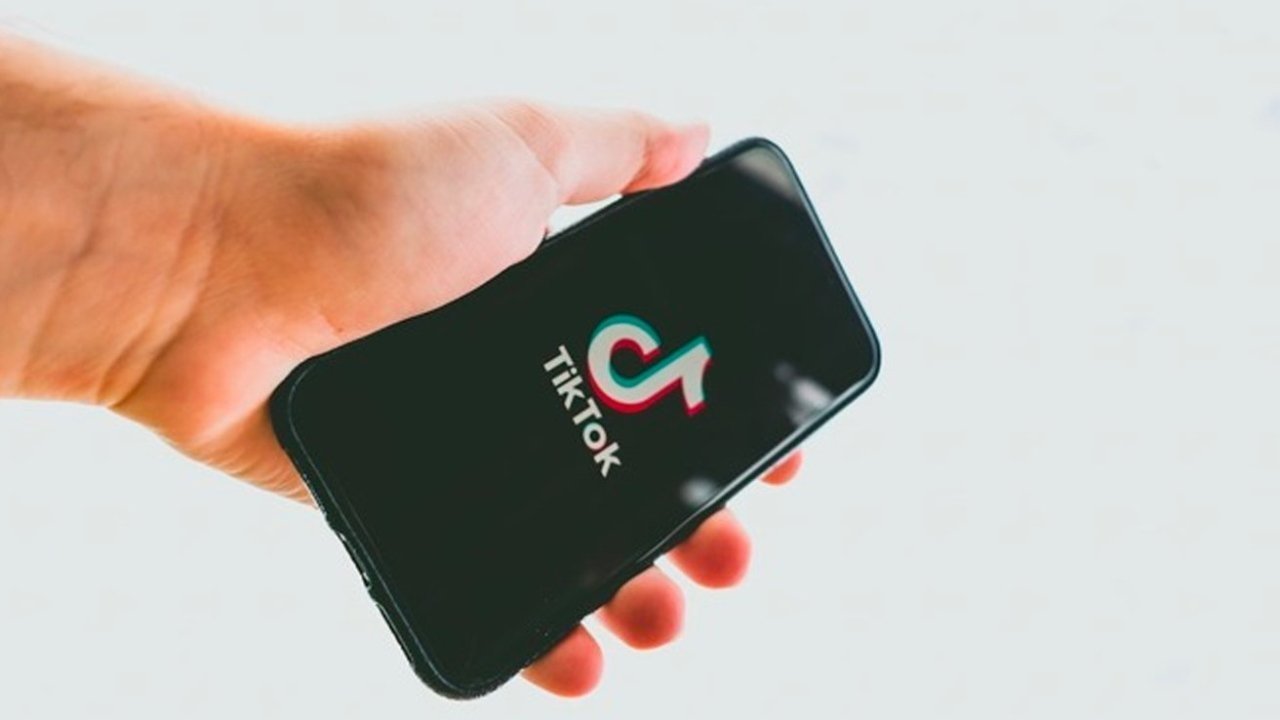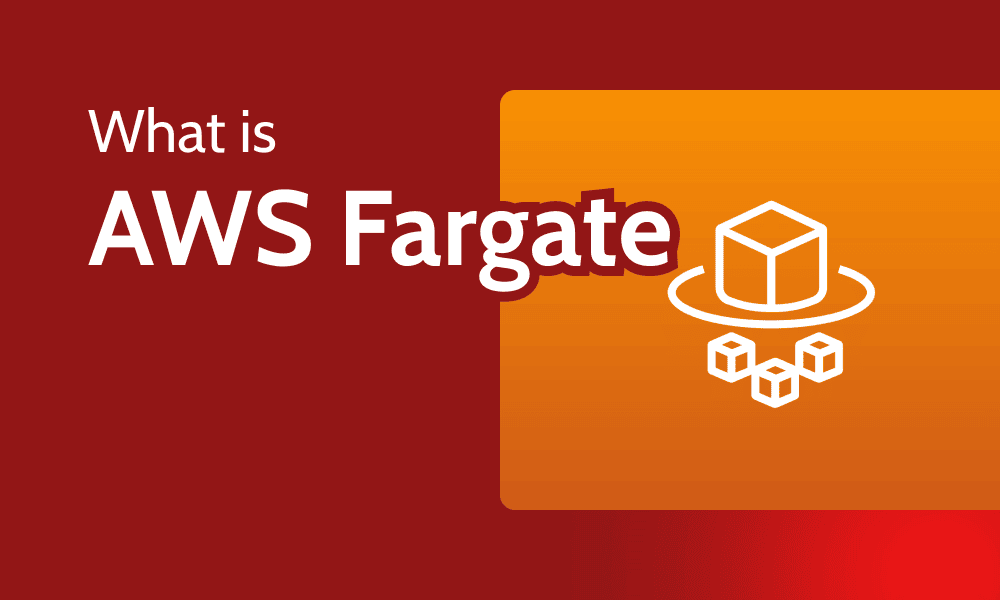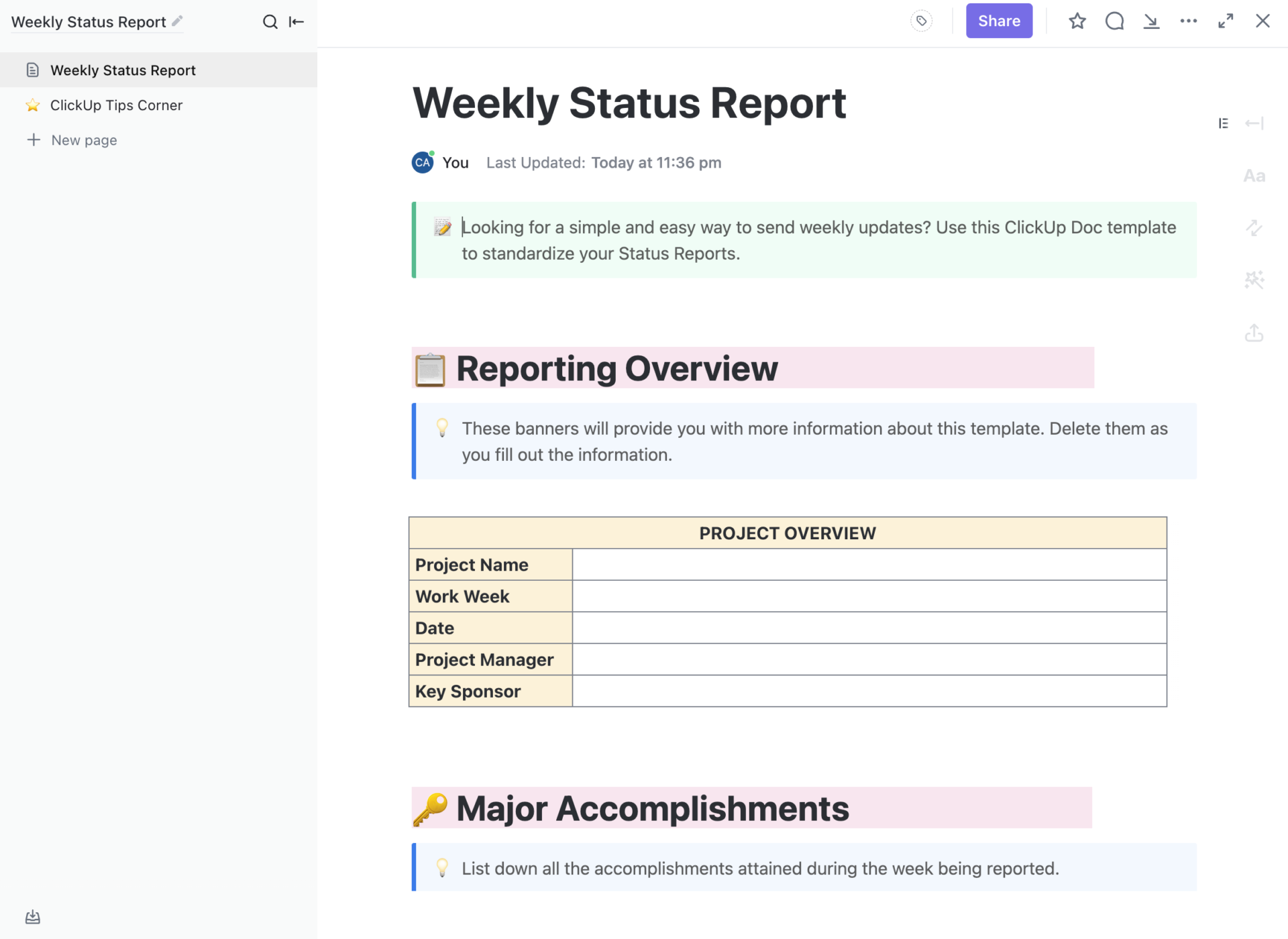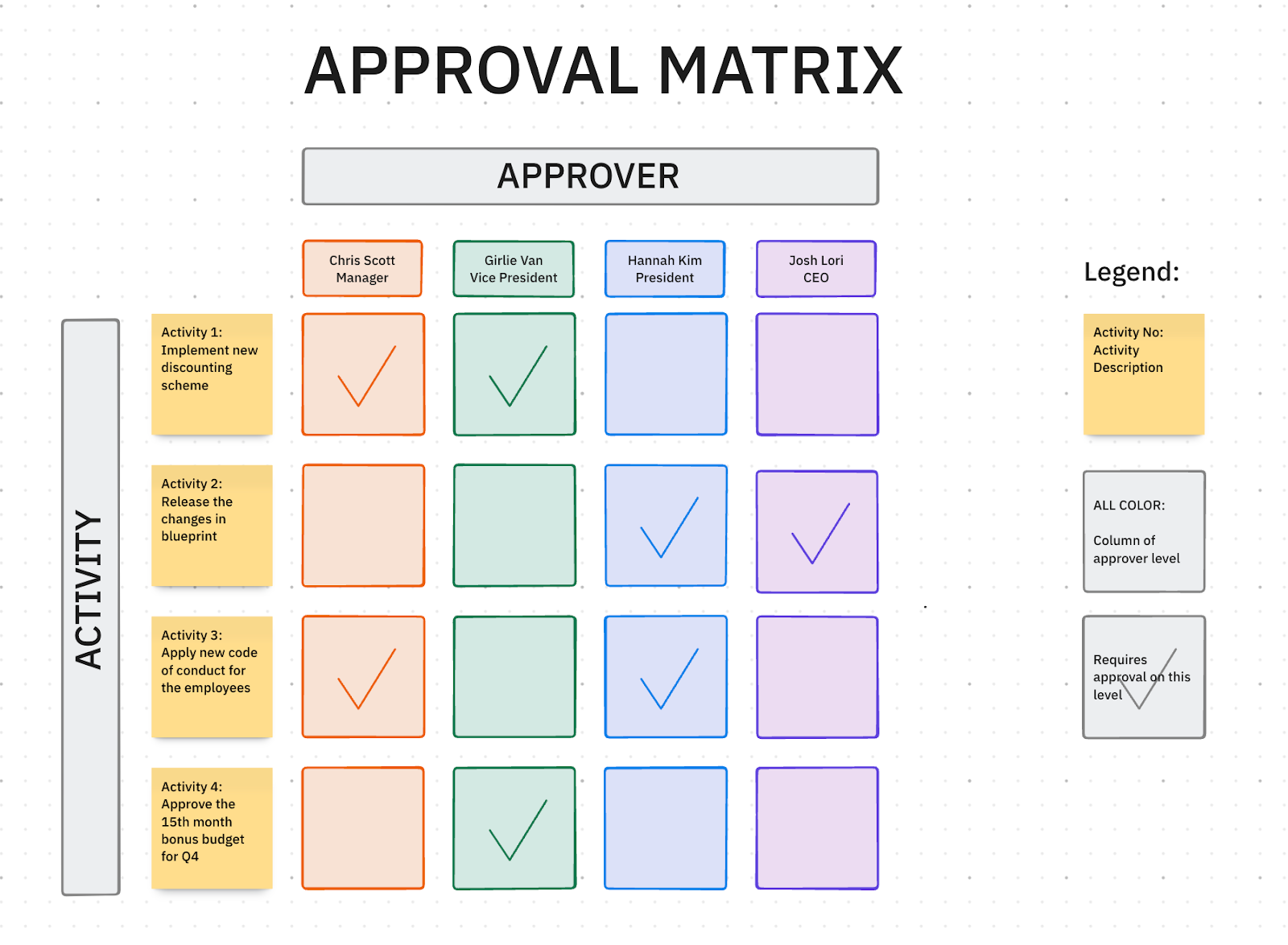Table of Links
Abstract/Zusammenfassung
Publications
Acknowledgements
CHAPTER 1: INTRODUCTION
-
Introduction
1.1 Overview of thesis contributions
1.2 Thesis outline
CHAPTER 2: BACKGROUND
2.1 Blockchains & smart contracts
2.2 Transaction prioritization norms
2.3 Transaction prioritization and contention transparency
2.4 Decentralized governance
2.5 Blockchain Scalability with Layer 2.0 Solutions
CHAPTER 3. TRANSACTION PRIORITIZATION NORMS
-
Transaction Prioritization Norms
3.1 Methodology
3.2 Analyzing norm adherence
3.3 Investigating norm violations
3.4 Dark-fee transactions
3.5 Concluding remarks
CHAPTER 4. TRANSACTION PRIORITIZATION AND CONTENTION TRANSPARENCY
-
Transaction Prioritization and Contention Transparency
4.1 Methodology
4.2 On contention transparency
4.3 On prioritization transparency
4.4 Concluding remarks
CHAPTER 5. DECENTRALIZED GOVERNANCE
-
Decentralized Governance
5.1 Methodology
5.2 Attacks on governance
5.3 Compound’s governance
5.4 Concluding remarks
CHAPTER 6. RELATED WORK
6.1 Transaction prioritization norms
6.2 Transaction prioritization and contention transparency
6.3 Decentralized governance
CHAPTER 7. DISCUSSION, LIMITATIONS & FUTURE WORK
7.1 Transaction ordering
7.2 Transaction transparency
7.3 Voting power distribution to amend smart contracts
Conclusion
Appendices
APPENDIX A: Additional Analysis of Transactions Prioritization Norms
APPENDIX B: Additional analysis of transactions prioritization and contention transparency
APPENDIX C: Additional Analysis of Distribution of Voting Power
Bibliography
6.3 Decentralized governance
There is rich literature on decentralized governance and social contracts, decentralized autonomous organizations (DAOs), and on-chain governance protocols. Below, we review prior efforts that is most relevant to this thesis.
6.3.1 Decentralized governance and social contracts
Prior work have studied the potential of blockchain-based (decentralized) governance for replacing centralization in traditional applications and services. Atzori et al. discussed, for instance, the extent to which blockchain-based governance can mitigate or replace the centralized and hierarchical societal structures and authorities (Atzori, 2017). Reijers et al. examined the relationship between blockchain governance and social contract theory (Reijers et al., 2016). They analyzed the political implications of the blockchain technology and how it follows or deviates from the governance principles established by philosophers such as Thomas Hobbes (Hobbes, 1651), Jean-Jacques Rousseau (Rousseau, 1920), and John Rawls (Chapman, 1971). Chen et al. presented the trade-offs between decentralization and performance (Chen et al., 2021). Arruñada and Garicano suggested new forms of “soft” decentralized governance to surpass traditional centralized governance structures (Arruñada and Garicano, 2018). Zwitter and Hazenberg conducted a comprehensive review of governance theory and proposed a re-conceptualization of the term governance that is tailored to DAOs (Zwitter and Hazenberg, 2020). These prior work provide valuable insights into decentralized governance structures, albeit they neither confirm the extent to which their (theoretical) observations hold in real-world implementations nor characterize the behavior of governance protocols deployed today
6.3.2 Decentralized Autonomous Organizations (DAOs)
Several prior studies analyzed the governance structures of DAOs (Beck et al., 2018; Hassan and De Filippi, 2021; Rikken et al., 2019). Hassan and De Filippi analyzed what DAOs constitute and discuss their key traits (Hassan and De Filippi, 2021). Rikken et al. identified various political challenges in governance of blockchains (Rikken et al., 2019). Beck et al. (Beck et al., 2018) presented a case study of a DAO in Swarm City (City, 2023), a decentralized commerce platform. A recent work categorized the governance of several blockchains such as Bitcoin, Ethereum, Tezos, Polkadot, and some governance protocols like Uniswap (Adams et al., 2021), MakerDAO (MakerDAO, 2023) and Compound (Leshner and Hayes, 2019) into different types (Kiayias and Lazos, 2023). These invaluable prior work do not, nevertheless, empirically examine the data on existing DAOs to characterize how users interact with on-chain governance smart contracts.
There are three works closely related to ours (Feichtinger et al., 2023; Fritsch et al., 2022; Sharma et al., 2023). Their findings agree with our own, e.g., they too found a high concentration of token delegation among a small number of users. Similarly, they also showed that the largest token holders are more active in voting, further exacerbating the centralization problem. However, while they analyzed voting participation and the cost of voting on the blockchain for more than 10 DAOs, our study presents a comprehensive and in-depth analysis focused on Compound. Specifically, our analysis reveals the complete life cycles of proposals, highlighting how voting behavior evolves over time for different proposals. We also examine token ownership in detail revealing among which entities the tokens held are concentrated as well as how delegations (by individual entities) affect the concentration of tokens. Finally, we discover a vast inequality in voting costs among the token holders and present its implications for decentralized governance.
Author:
(1) Johnnatan Messias Peixoto Afonso










